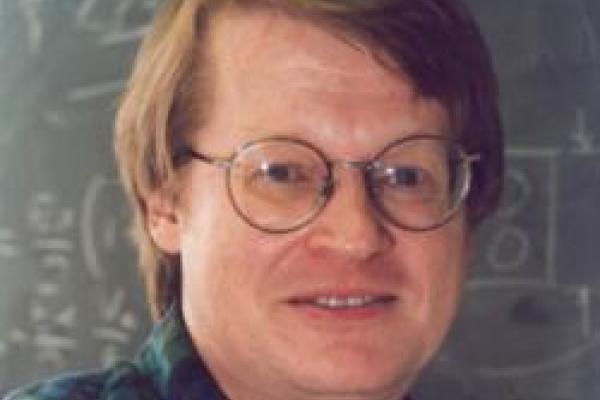
Over the past few years, compact plasma-based particle accelerators have advanced sufficiently that it is no longer a pipe dream to imagine a tabletop x-ray free-electron laser in every major university in the world [1], or proton cancer therapy on a scale that many hospitals could afford. I will survey recent experimental highlights in the field that make these hopes more realistic than even a few years ago, including a milestone achieved recently using the Texas Petawatt Laser: nearly mono-energetic acceleration of plasma electrons to 2 GeV with unprecedented sub-milliradian beam divergence [2]. Finally I will describe new holographic techniques that enable experimenters to visualize the electron density waves that lie at the heart of plasma-based accelerators [3]. Such 4D visualization, previously available only from intensive computer simulations, helps physicists understand how plasma-based particle accelerators work, and how to make them work better.
[1] K. Nakajima, “Towards a table-top free electron laser,” Nature Physics 4, 92 (2008).
[2] X. Wang et al., “Quasi-monoenergetic laser-plasma acceleration of electrons to 2 GeV,” Nature Communications 4, 1988 (2013).
[3] N. H. Matlis et al., “Snapshots of laser wakefields,” Nature Physics 2, 749 (2006).
